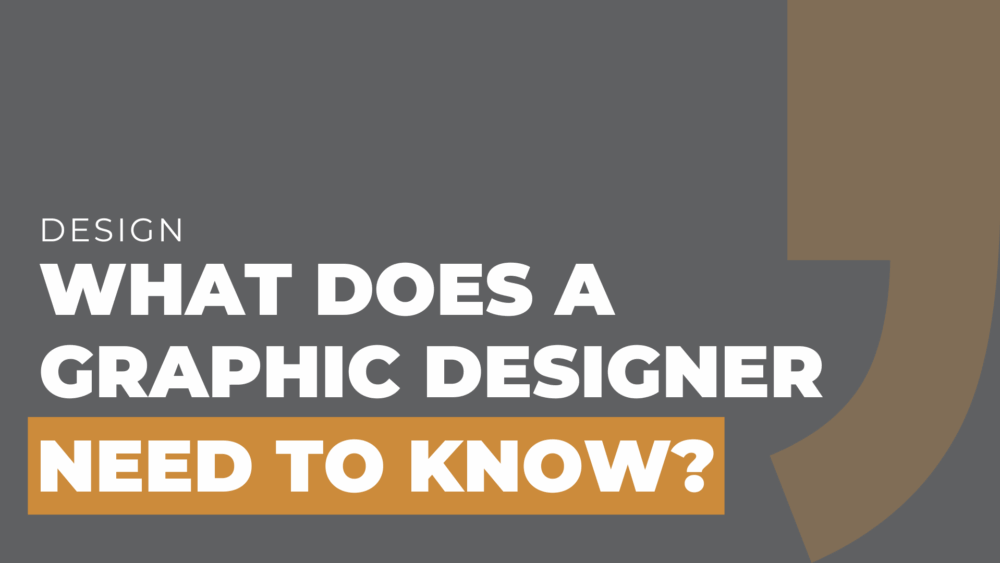If you are going to be great at what you do, what does a graphic designer need to know?
Basically, a graphic designer needs to know how to blend creativity with practical skills.
This involves mastering design principles, learning essential tools, and understanding how to communicate visually.
Whether you’re working in an agency, freelancing, or designing in-house, these skills are considered basic requirements for success in the graphic design world.
Getting the Basics Right: Design Principles
To create compelling designs, graphic designers must understand key design principles.
These principles — like balance, contrast, and alignment — are like the rules of the road.
They help ensure that each design not only looks good but also communicates its message effectively.
Why You Should Care About Design Principles
Imagine trying to read a book with all the text jumbled together.
It would be confusing, right?
The same goes for design.
Principles like balance and alignment guide the viewer’s eye, making your designs easy to navigate and understand.
Must-Have Tools for Graphic Designers
Every graphic designer’s toolkit should include certain software, with Adobe Creative Suite being the industry favorite.
These tools are like the brushes and canvases of a painter, helping you turn ideas into reality.
From Photoshop for photo editing to Illustrator for vector graphics, mastering these tools is a must.
Why UX/UI Design Matters
In today’s digital-first world, knowing how to design with user experience (UX) and user interface (UI) in mind is crucial.
This isn’t just about making things look good; it’s about ensuring they work well too.
For instance, if you’re designing a website, understanding UX/UI can help you create a site that’s not only visually appealing but also easy to use.
How Graphic Designers Communicate Ideas
Graphic design isn’t just about creating visuals; it’s about telling a story.
And like any good storyteller, a graphic designer needs to communicate clearly.
Whether you’re explaining a design to a client or presenting it to a team, strong communication skills are essential — especially for jobs in an agency setting, where teamwork is key.
Bringing Your Story to Life
Think of your design as a story.
Every element — color, font, layout — plays a role in bringing that story to life.
Just as a writer chooses their words carefully, a designer selects elements that speak to the viewer, making sure that the message is both clear and impactful.
Building a Portfolio That Stands Out
Your portfolio is your showcase, your first impression.
It’s where you display your best work and show potential clients or employers what you’re capable of.
Think of it as your visual resume — it needs to be strong, diverse, and tailored to the type of work you want to attract.
Targeting Agency Jobs with Your Portfolio
If you’re aiming for a job in an agency, your portfolio should highlight versatility and adaptability.
Agencies often handle a variety of clients, so showcasing a range of styles and projects can make you a more attractive candidate.
And remember, in a city like Atlanta, where creativity thrives, your portfolio needs to reflect not just your skills but also your unique perspective.
At the End of the Day
Being a graphic designer is about more than just creating attractive designs.
It’s about mastering your craft, from understanding design principles to using the right tools and communicating your ideas effectively.
Whether you’re working in an agency, freelancing, or designing in-house, these skills are what will set you apart.
Remember, every design you create is a chance to tell a story — make it one worth remembering.


Comments are closed.